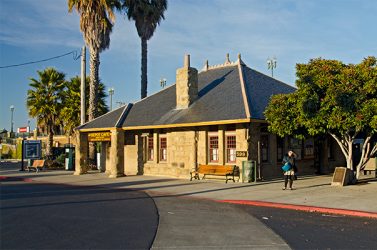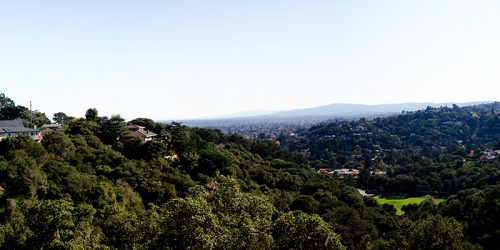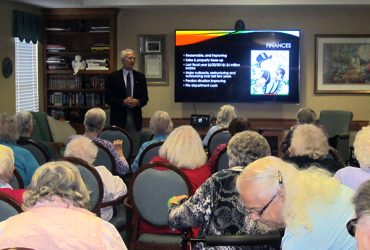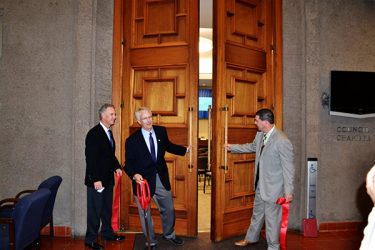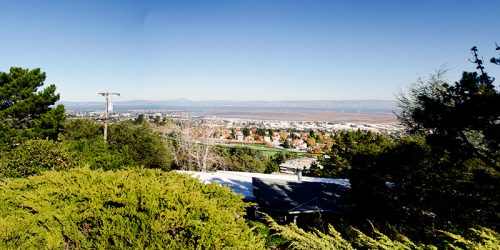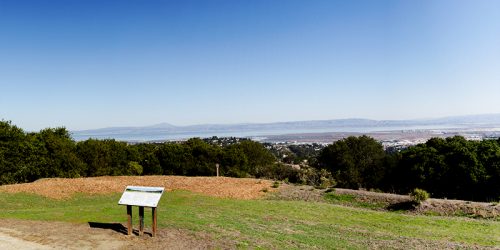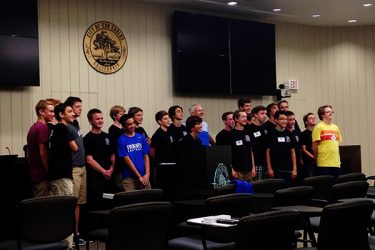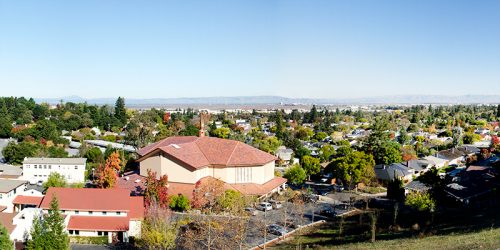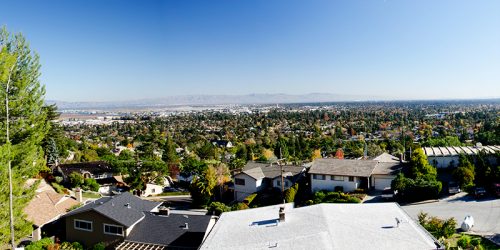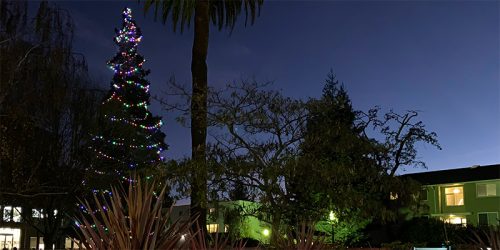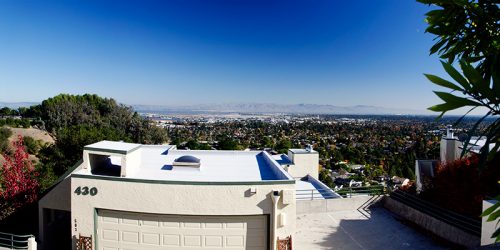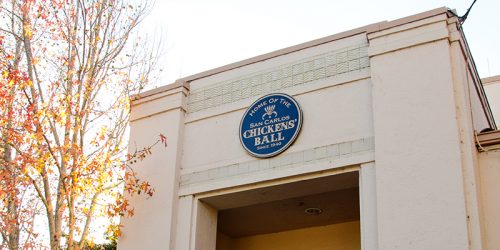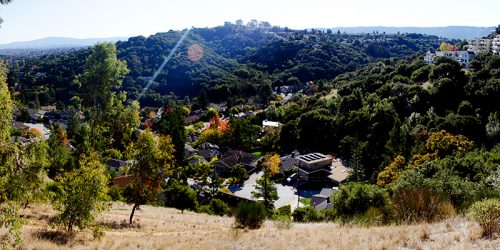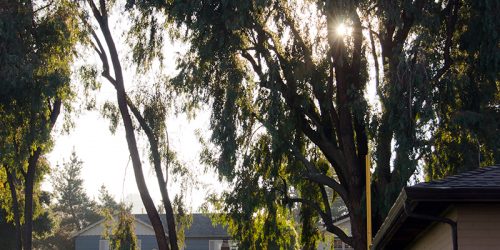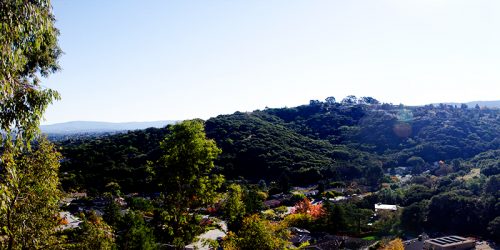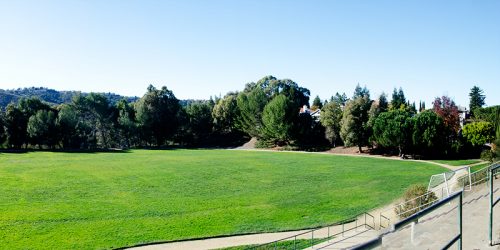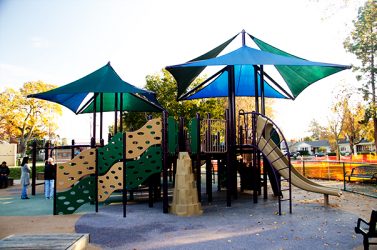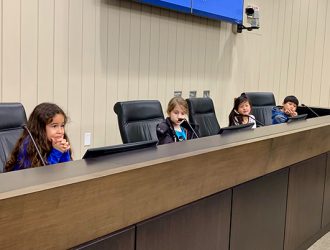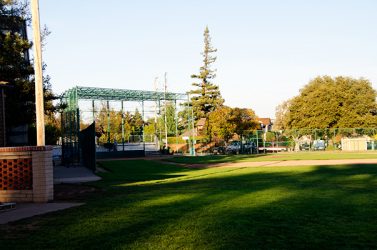Tonight the Council declared a state of emergency in San Carlos as it relates to a high pressure Pacific Gas & Electric (PG&E) gas pipeline. What does this mean, and why was the action taken?
In reading this material, please understand that I am not a pipeline expert, so it’s possible I may have misunderstood or confused some of what I was told by staff. But here’s the situation, as I understand it.
The Council action does not constrain or impact the activities of residents in any way. But by declaring the emergency the City was in a position to demand that PG&E, or the California Public Utilities Commission (CPUC) if PG&E failed to act, shut down a particular major gas pipeline which runs through San Carlos until such time as PG&E could prove, in a public hearing, that the line was safe to operate. That pipeline, Line 147, connects a major pipeline running along the 101 corridor to one that runs along the 280 corridor. For most of its length in San Carlos Line 147 runs along Brittan Avenue, although it eventually veers southwards up through Eaton Park from a point part way up Brittan Canyon.
After the San Bruno disaster, the City worked with PG&E to “hydrotest” Line 147 in 2011. This involves replacing the gas with water and cranking up the pressure well beyond normal operating limits for the line. The pressure during the test is monitored to see if it falls in such a way as to indicate the presence of one or more leaks. Line 147 passed this test. Subsequent to that test a leak was discovered by PG&E, which was repaired. Leaks and repairs are a normal part of pipeline operation. In and of itself the repair doesn’t mean anything.
But in the course of doing the repair PG&E discovered that at least part of Line 147 was made out of pipe different from what was in their records. This is cause for concern, because the maximum allowable operating pressure of a pipeline is determined by the weakest material used in the line. The pipe in a pipeline varies from place to place, and over time as it is repaired, so you have to know what is actually in the ground. Furthermore, there was some possibility, according to PG&E’s engineers, that Line 147 might include recycled pipe originally manufactured in 1929. This very old pipe has thinner walls than more modern pipe, and cannot tolerate the same level of pressure.
In addition, the recent leak fixed by PG&E was caused by corrosion on the outside of the pipe, but it isn’t clear how or why this happened (pipes are coated to protected them from corrosion). That, too, introduces a degree of uncertainty, because assumptions are made about the environment the pipe sits in when doing those maximum pressure calculations. If the environment is unexpectedly corrosive, that can shorten the effective lifespan of pipe material.
Finally, there’s also a question about whether hydrotesting a gas line might actually weaken it. The institutional wisdom in the industry is that hydrotesting is all or nothing; the line either passes or it fails. But apparently some within the industry are now arguing a pipeline might be able to pass a hydrotest but end up in a weakened condition prone to failure under an unexpected pressure spike (recall that the specific cause of the San Bruno explosion was a sudden, unexpected pressure spike causing a catastrophic failure of a weakened pipe segment which had previously been operating without leaking).
All of this is a significant source of concern, not because it necessarily points to an imminent bad event, but because it increases uncertainty in a situation where PG&E has been making assumptions about the pressure Line 147 can handle. Put another way, you don’t know what you don’t know, and once you have evidence that your records and your understanding of a situation are deficient you need to reassess, carefully, your calculations.
Unfortunately, it doesn’t appear that PG&E has done this to the extent I, as a Council member and resident of San Carlos, feel they should have. In fairness to them, they did voluntarily notify the CPUC that Line 147 contained at least some weaker segments than they had previously believed, and they did lower the operating pressure a bit. In response to the City Manager’s decision to declare a temporary state of emergency (he can do that, subject to Council ratification within 7 days) PG&E reduced the pressure a bit more, although they refused to shut down the line.
But when you read the latest email thread filed by PG&E with the CPUC about Line 147 — which contains the argument, among PG&E engineers, about whether hydrotesting is really the ultimate test it’s been assumed to be, and about whether or not San Carlos might not be “…sitting on another “San Bruno situation” (the exact words of an unnamed PG&E engineer) — you come away thinking more drastic actions are warranted. At least until Line 147 is thoroughly documented and understood. Particularly when you realize that email thread was from almost a year ago, and we’re only learning about it now.
That’s why I voted for declaring the state of emergency, demanding Line 147 be shut down. We don’t know what the risk is today, but we know it’s higher than it was yesterday, and we know we don’t know how much worse it might be (because of incomplete records and concerns about hydrotesting).
In a parallel action, the Council ratified a lawsuit filed by the City against PG&E seeking to declare Line 147 a “public nuisance”, to be shut down until it is shown to be safe. As part of the legal effort, the City obtained a temporary injunction against PG&E requiring them to shut Line 147 down ASAP in a safe and effective manner. That injunction will be in effect as soon as it is served on PG&E, which effort the City is pursuing Friday evening.
